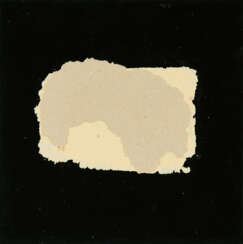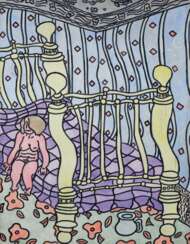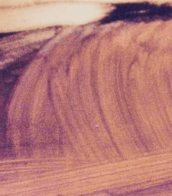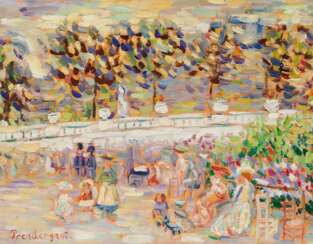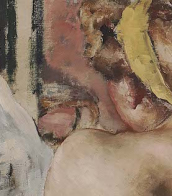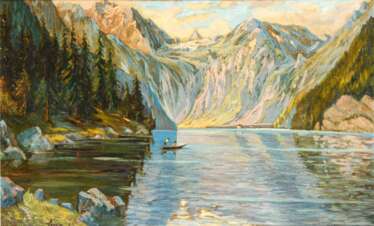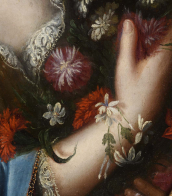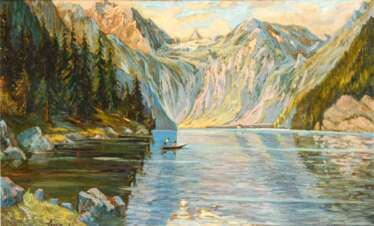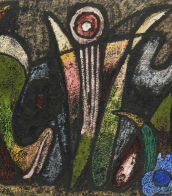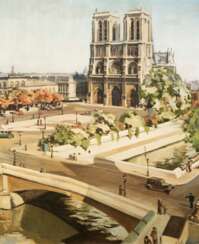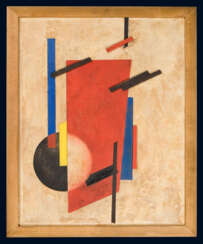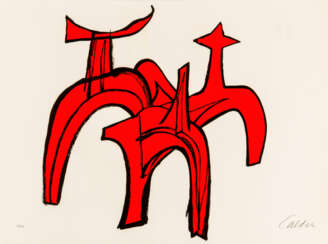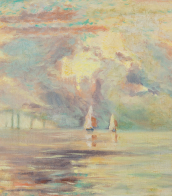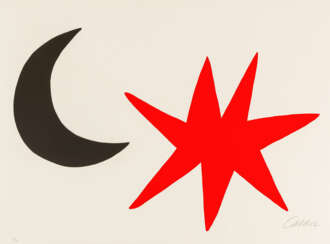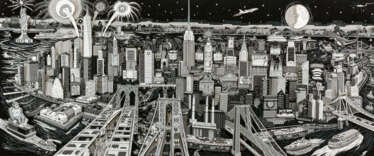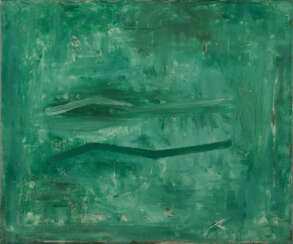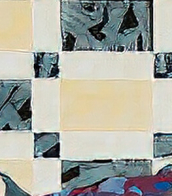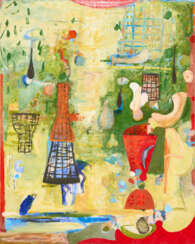new york painting
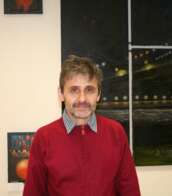
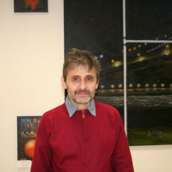
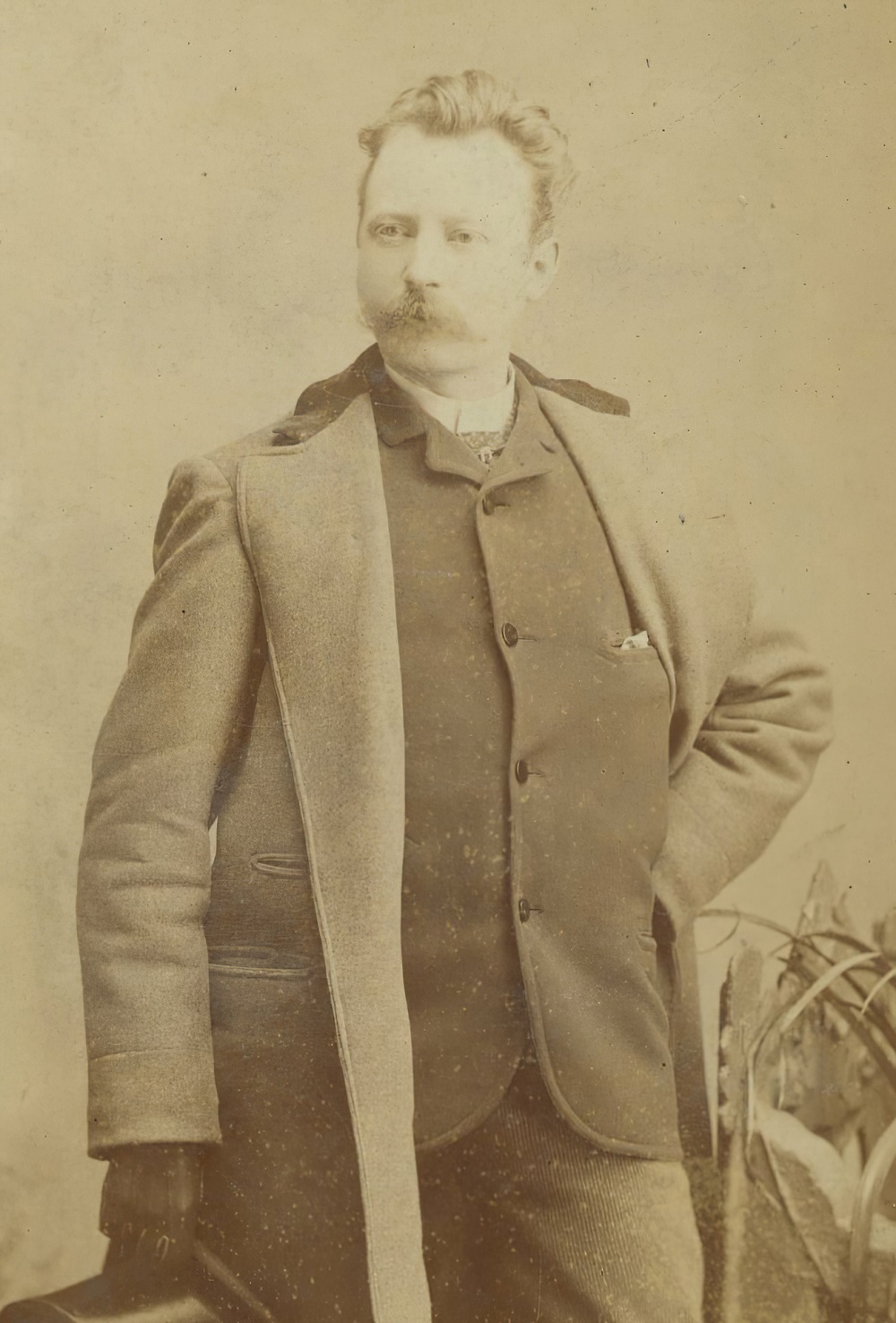
Antonio Nicolo Gasparo Jacobsen was a Danish-born American maritime artist known as the "Audubon of Steam Vessels".
The public rooms of The Griswold Inn in Essex, Connecticut, the oldest continuously run tavern in the United States, features the largest privately held collection of Jacobsen's paintings.


Antonio Nicolo Gasparo Jacobsen was a Danish-born American maritime artist known as the "Audubon of Steam Vessels".
The public rooms of The Griswold Inn in Essex, Connecticut, the oldest continuously run tavern in the United States, features the largest privately held collection of Jacobsen's paintings.


Antonio Nicolo Gasparo Jacobsen was a Danish-born American maritime artist known as the "Audubon of Steam Vessels".
The public rooms of The Griswold Inn in Essex, Connecticut, the oldest continuously run tavern in the United States, features the largest privately held collection of Jacobsen's paintings.

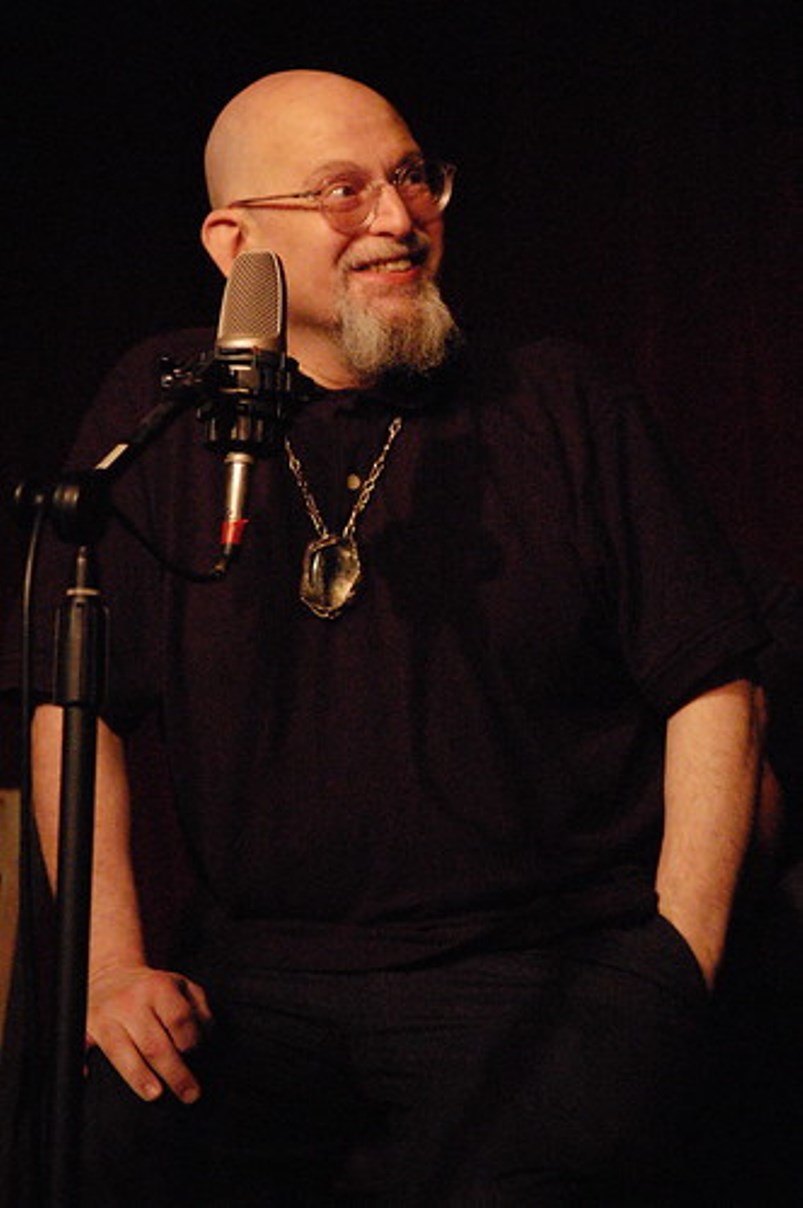
Citizen Kafka, also known as Sid Kafka and The Citizen, is the stage name of Richard Shulberg, a New York radio host and folk musician.
From the late 1970s and throughout the 1990s, Citizen Kafka produced and hosted a number of radio programs on Pacifica Foundation's WBAI-FM in New York City, presenting an eclectic range of live and recorded music, comedy and poetry. One such program was the monthly "Citizen Kafka Show," which Kafka created in 1979 with then-unknown actor John Goodman and musician Kenny Kosek. Along with Pat Conte, he also hosted the program "The Secret Air Museum" on WFMU.
Richard Schulberg was also a violinist and poet, an avid record collector, and the leader of the Wretched Refuse String Band.


Antonio Nicolo Gasparo Jacobsen was a Danish-born American maritime artist known as the "Audubon of Steam Vessels".
The public rooms of The Griswold Inn in Essex, Connecticut, the oldest continuously run tavern in the United States, features the largest privately held collection of Jacobsen's paintings.

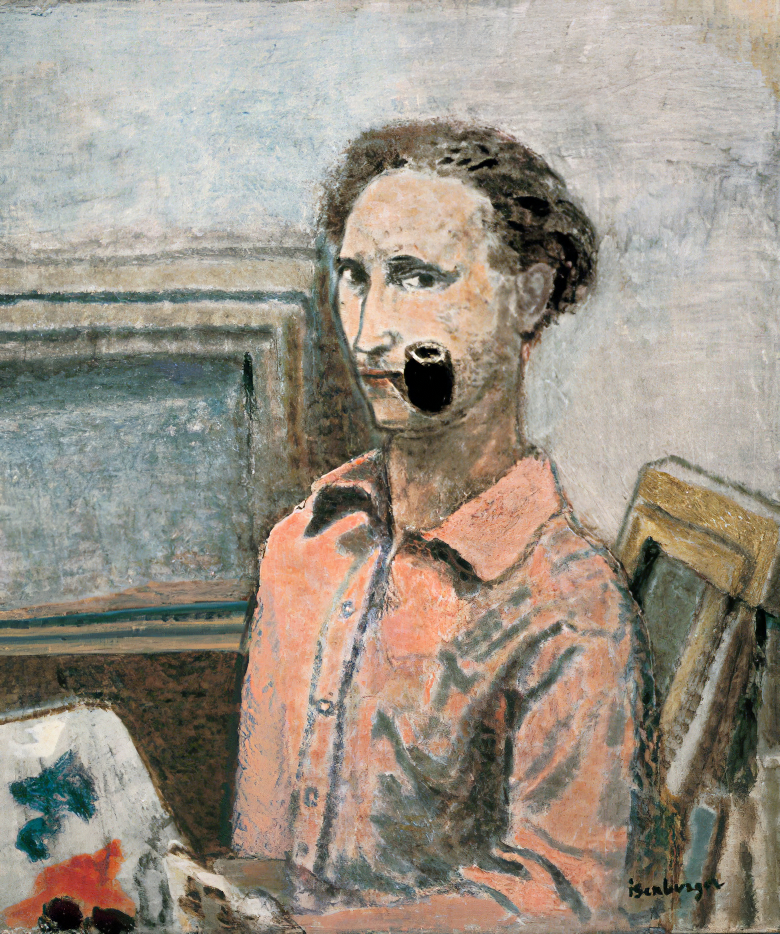
Erich Isenburger was a German-born American artist who considered himself a neo-expressionist. The painter's oeuvre includes landscapes, still lifes, interiors and portraits.
Erich Isenburger held a long-time teaching position at the National Academy of Design in New York.

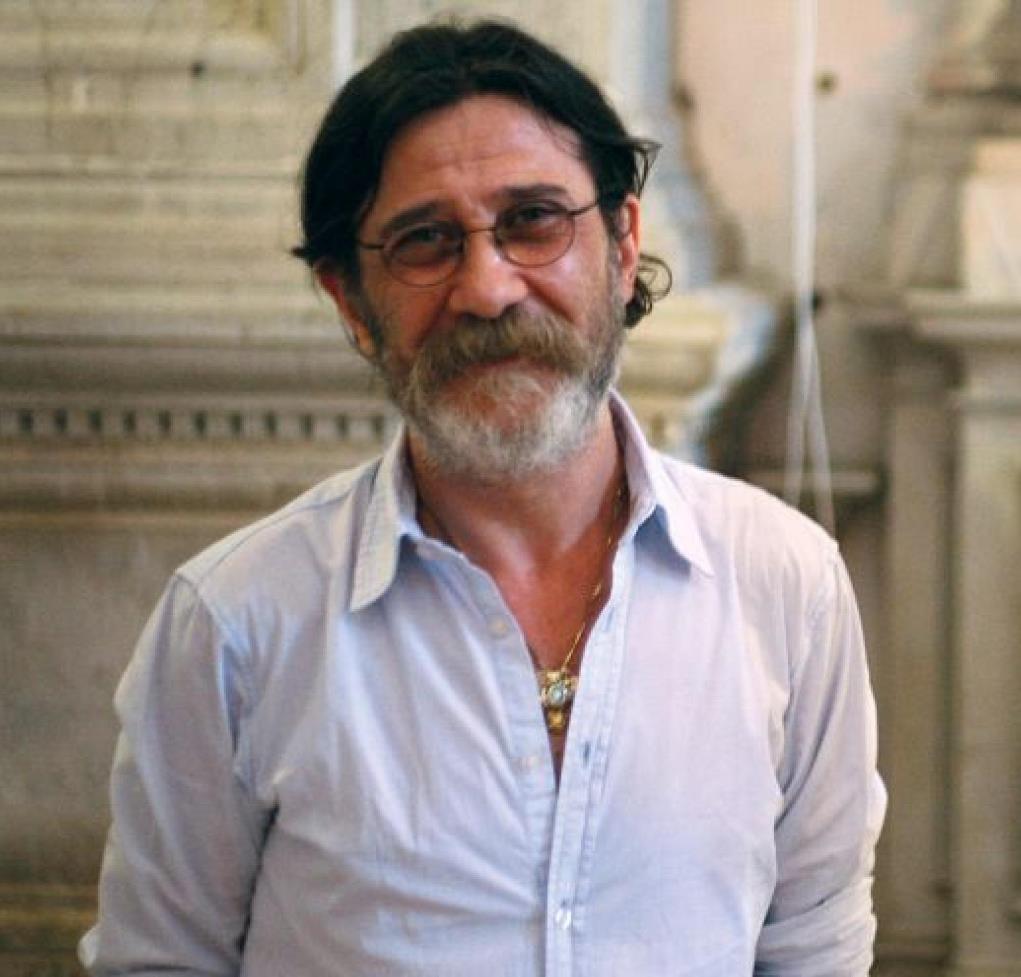
Luigi Rocca is an Italian hyperrealist painter.
Luigi was born into a family of artists and, influenced from a young age by his grandfather's photographic work, he eventually became one of the leading exponents of photorealism.
He made repeated exploratory trips to New York City, a city full of architecture, advertising and light, which inspired him to create magnificent photorealist motifs. Rocca combined his classical technique with modern realism, creating illusionistic and richly detailed paintings that are recognized by art lovers and collectors around the world. They appear so realistic that it's hard to see the difference between a photograph and a painting.
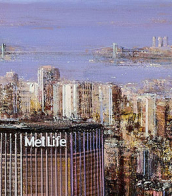
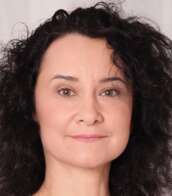

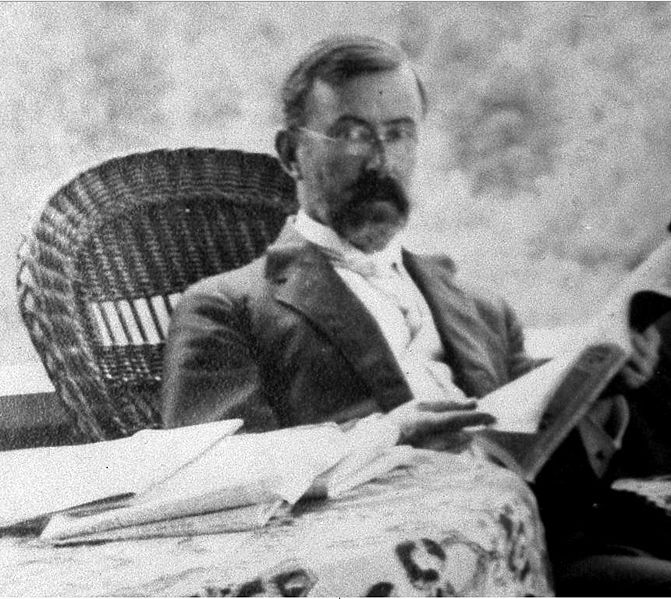
Charles Courtney Curran is an American impressionist painter.
He was educated at the National Academy of Design (New York), then studied at the Académie Julian in Paris.
Curran is known for his romantic depictions of young women in nature, where they are walking, playing sports or just admiring flowers. The artist also painted plein air, experimenting with a variety of artistic styles, including Impressionism, Symbolism, Tonalism and Naturalism.
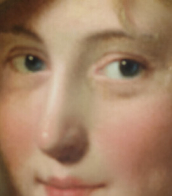
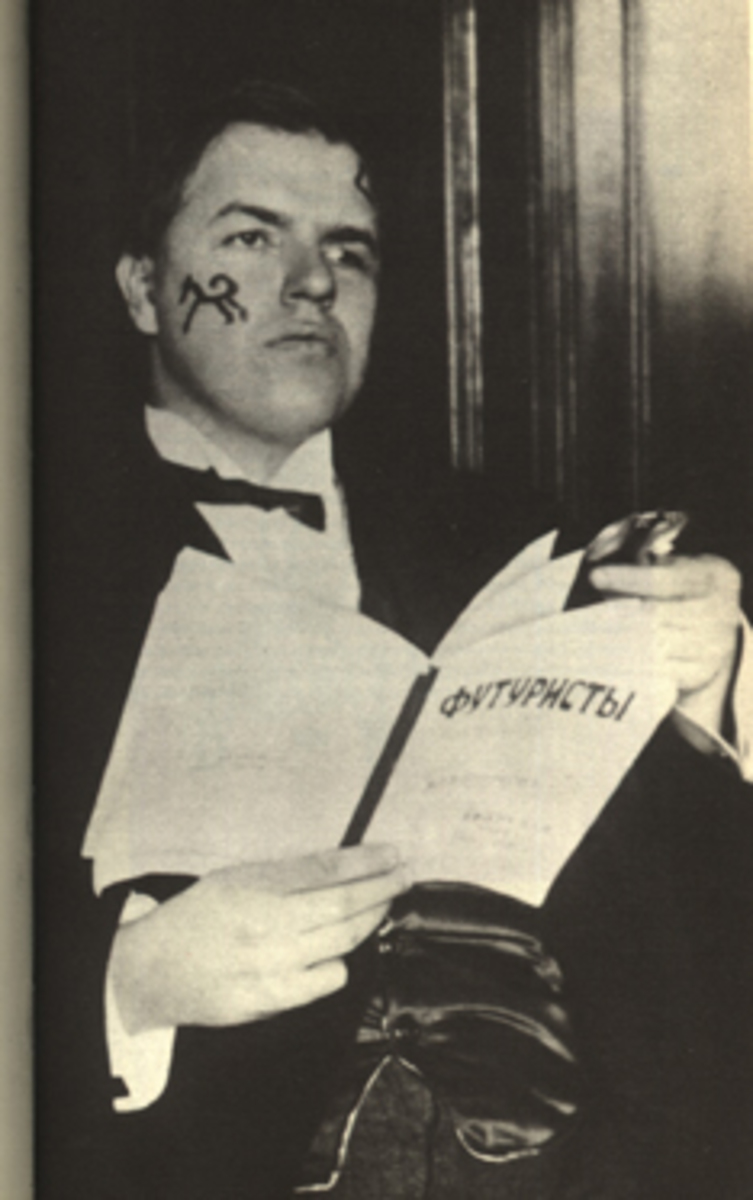
David Davidovich Burliuk (Russian: Давид Давидович Бурлюк), a pioneering figure of the Russian Futurist movement, was a Ukrainian poet, artist, and publicist, born in 1882 in Semirotovshchina, Kharkov, Ukraine, and died in 1967 on Long Island, N.Y., U.S. Known for his eclectic contributions that spanned poetry, painting, criticism, and publishing, Burliuk's work was instrumental in introducing the Russian avant-garde to Europe and the United States. Despite having a lesser volume of work in poetry and painting compared to his contemporaries, Burliuk's knack for discovering talent and promoting it was unparalleled. He was among the first to publish the works of Velimir Khlebnikov and to recognize the genius of Vladimir Mayakovsky, significantly contributing to their renown.
Burliuk's artistic journey was marked by his involvement with the Futurist and Neo-Primitivist movements. His early work, including an exhibition with the group Zveno ("The Link") in Kiev in 1908 and his participation in the Hylaea group, set the stage for his later achievements. He was a co-author of the influential Futurist manifesto "A Slap in the Face of Public Taste" in 1912, advocating for a break from traditional art forms and the embrace of modernity. Burliuk's commitment to Futurism was evident in his publishing endeavors and his collaborations with notable artists of the time.
In his later years, after emigrating to the United States in 1922, Burliuk continued to engage with the art world, contributing to pro-Soviet groups and publishing his works and those of his contemporaries. His efforts were recognized in several exhibitions, including a significant show at the Brooklyn Museum's 1926 International Exhibition of Modern Art. Despite facing challenges, such as being denied permission to visit his homeland by the Soviet government, Burliuk's influence remained steadfast. His legacy as a central figure in Russian Futurism and his contributions to the broader art movement are celebrated to this day.
To stay informed about updates and events related to David Davidovich Burliuk, including sales of his works and auction events, sign up for our newsletter. This subscription will ensure you're the first to know about new discoveries and opportunities to engage with Burliuk's enduring legacy.

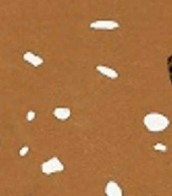
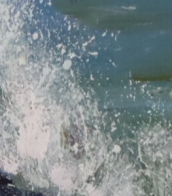





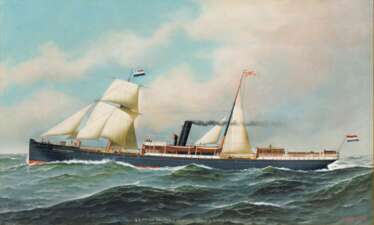

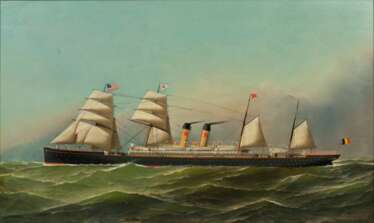

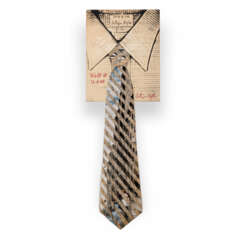

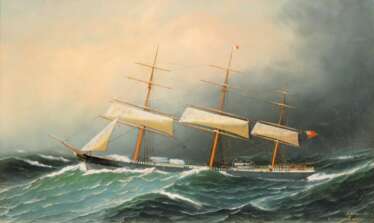

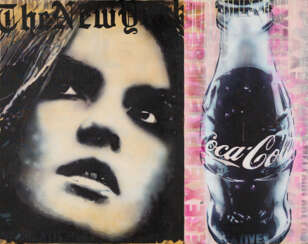

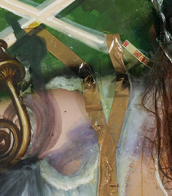
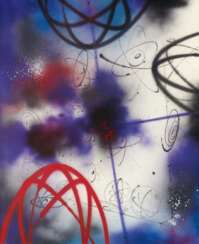


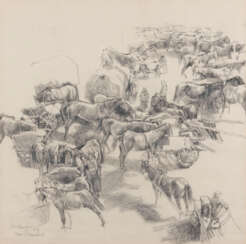

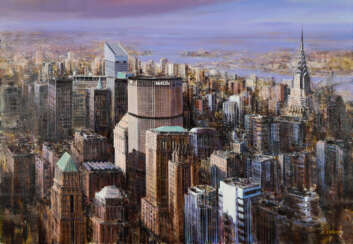

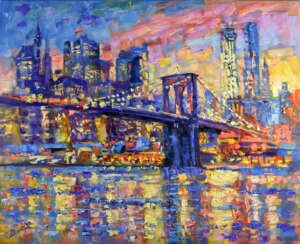

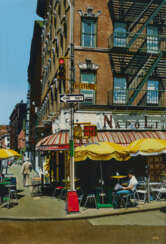

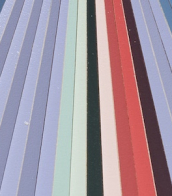


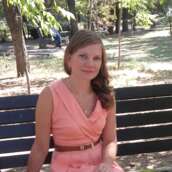


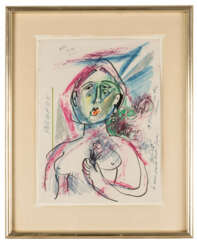

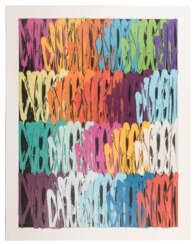

2.jpg)
